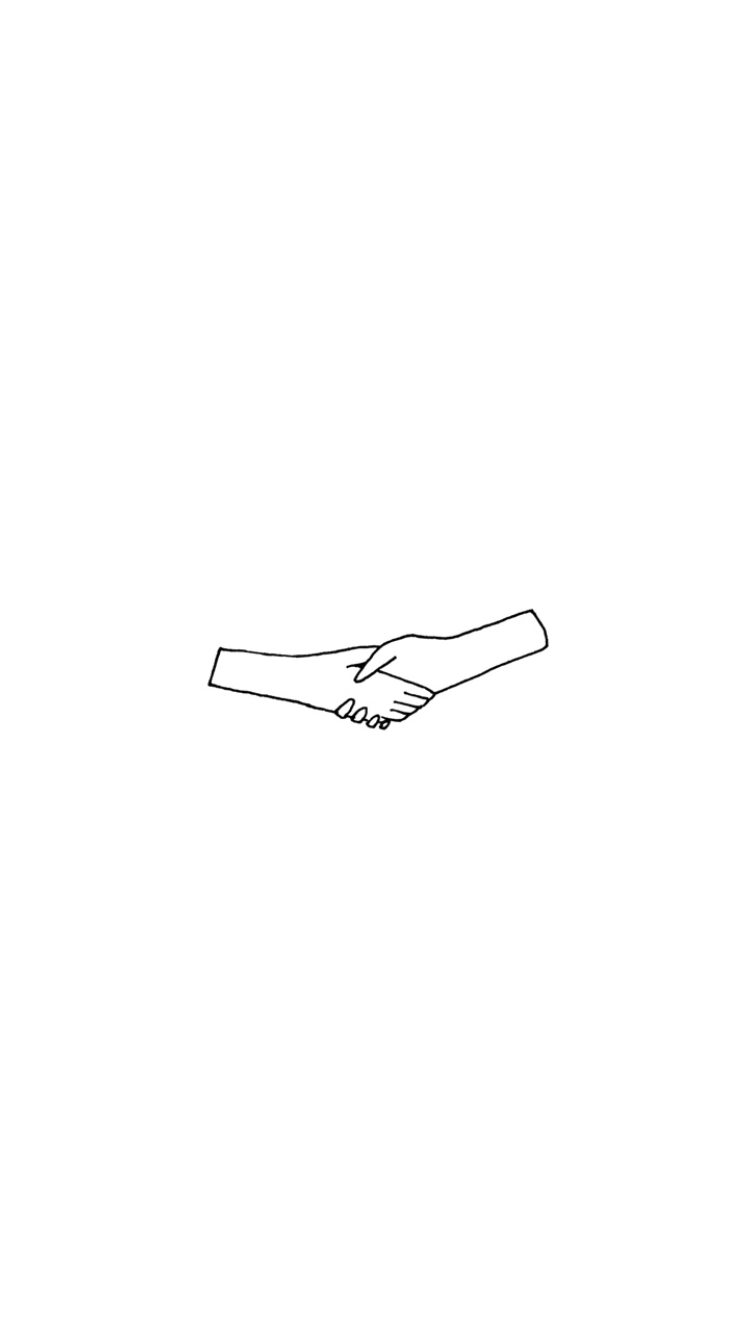In this weeks readings we learned how how it is important to make our website accessible for everyone. Disabilities can include visual, auditory, physical, speech, cognitive and neurological complications. For the colorblind all the way to people who have epilepsy. The web is for all people. So the web should easily accessible for everyone. Web accessiblilty also helps old people, because they just can’t seem to stay off their phones.
Web accessibility means that people with disabilities can use the web. It is essential that the web be accessible so it can provide equal opportunity and access to people with disabilities. You can learn more about this here https://www.w3.org/WAI/intro/accessibility.php
It is essential that the Web be accessible in order to provide equal access and equal opportunity to people with diverse abilities. The UN Convention on the Rights of Persons with Disabilities recognizes access to information and communications technologies, including the Web, as a basic human right. Properly designed web tools and websites are important so people with disabilities can use the web safely. You can learn more about this here https://www.w3.org/standards/webdesign/accessibility
Colorblindness is a thing too. The website wearecolorblind.com is dedicated to helping the colorblind community make websites they use accessible. Here are some good and bad examples for website designing according to wearecolorblind.com http://wearecolorblind.com/examples
People with epilepsy can be triggered by flashing lights, flicker or a blink. So on your website you should not contain anything that flashes more than three times in one second or flash below the general flash and red thresholds. You can learn more do’s and don’ts of websites safe for epileptic people here https://www.epilepsy.org.uk/info/photosensitive-epilepsy/web-design
*photo is not mine

This is really good. You sound like you paid attention to the readings. I also like the picture you picked for this module.
LikeLike
This is really well written and a good overview of the material!
LikeLike
Thanks!
LikeLike